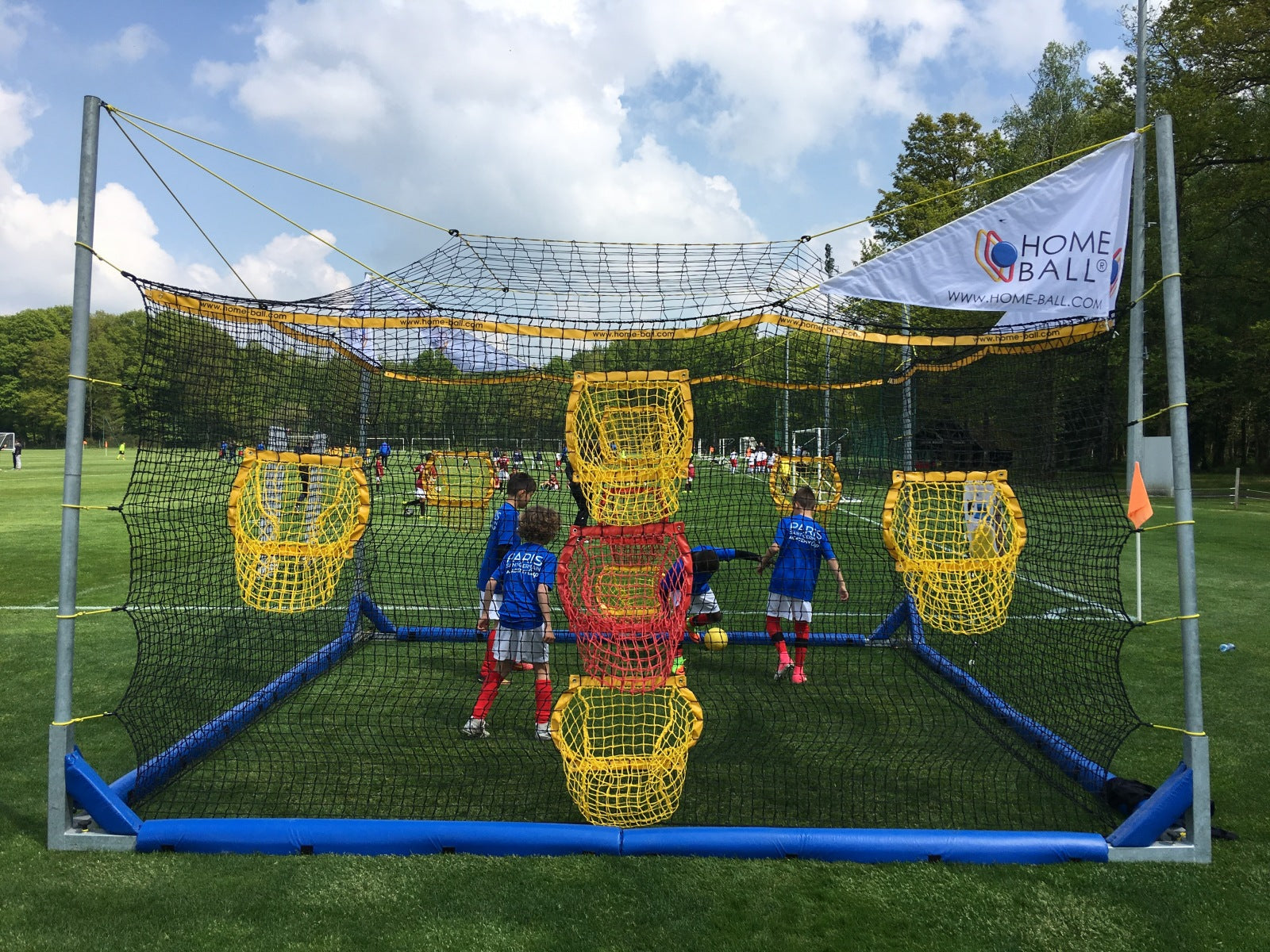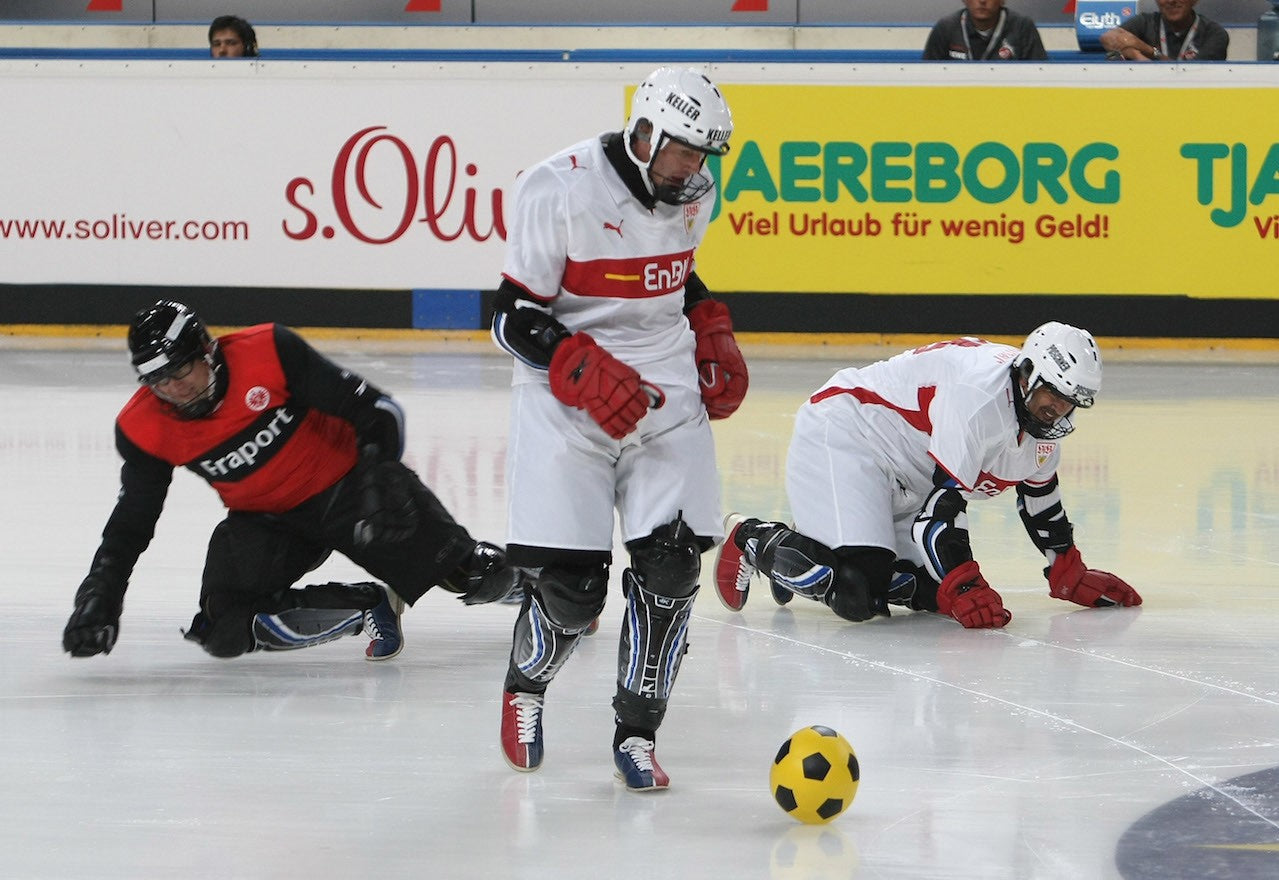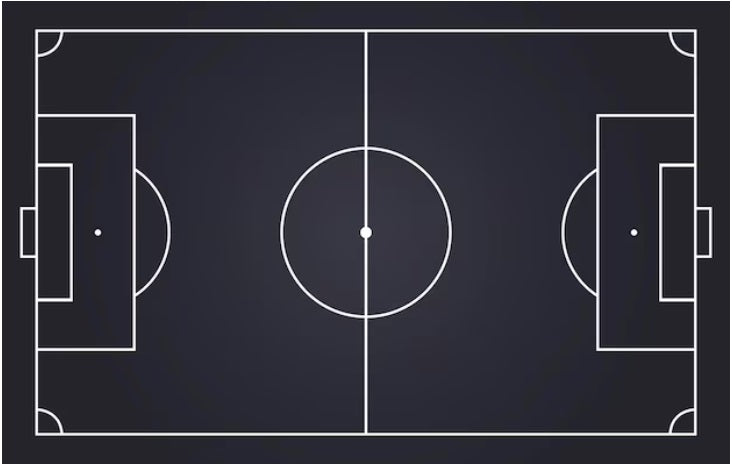Harpastum, Roman ball game
Harpastum (or Harpaston) is a team sport from Antiquity, practiced among the Etruscans, in what is now Italy, then widespread in the Roman Empire and even in Greece. Being a ball game, it is similar to the most common ball games today, such as rugby, handball or even football, to the point that some consider it to be the ancestor of these different games. We can at least say that it is the origin of Florentine calcio and would have influences on French soul . Want to know more ? Find out here how it was practiced and what its repercussions were on the physical fitness of the players.
Etymology & origins
As recalled above, Harpastum was practiced in ancient Rome, but certainly influenced by neighboring Greece. Yes, because, from literary and iconographic sources that have come down to us from the time, this Latin term is of Greek origin: “harpastum” comes from the Greek verb “harpazen” meaning “to tear up”. Harpaston , thus suggesting a "quick interception" of the playing ball, is believed to be of Hellenic origin. Other sources speak of another similar sport, Pheninde ("Phaininda", from the verb "phenakizen", "to deceive"), still Hellenic, which would be either the ancient name of Harpastum (so in a way the 'original Greek) is another name for the same sport seen by Greek contemporaries. Regardless, the appearance of the game was described in the Empire between 120 – 200 AD and remained popular there for 7 or 8 centuries, especially among legionnaires.
Game Rules & Practices
It would seem that there were no fixed rules to this discipline in its time, and therefore it would have many local variations. However, it remains certain that it was played with a very hard ball, the pila , certainly made of rolled up strips of leather. It was not a balloon filled with air. The game did not require any special preparation; anyone could play it provided they were very physical, because the game was very endurance. It did not have a fixed number of players (from 5 to 12 players, per team).
Harpastum pitted two teams against each other on a rectangular, sandy or earthy pitch. The boundaries, at both ends (each representing the opposing camp), and the center line, where the ball was placed, were drawn with chalk on the ground: these lines were called syres (or scyres ).
The objective was to get the ball behind the opposing team's line. To achieve this, the players could pass each other and feint the opponent. The hands were used to throw or hit the ball, and it was caught in the air. Cunning was the key word of Harpastum: everything depended on the speed of the passes, the feints, the avoidances, the shocks. Use of the feet should be very limited and its influence fairly minimal.
A fundamental element of the game was physical duels. The game was very intense, even violent: the arduousness and the efforts required of the players suggest how harsh the game was.
Benefits and Disadvantages as a Sport
Despite its harshness as described, the game had many fans. The Greek Athenaeus of Naucratis, in the 3rd century, as a great amateur, specified that this sport caused great but healthy fatigue, and was very demanding.
The Roman doctor Claudius Galen, in his writings, considered the game, played by everyone (including the poorest), to be very complete. It allowed all parts of the body to be exercised, and the risk of injury was low compared to other sports.
What ? You don’t know Irish Hurling? click here we have dedicated an article to it.
Discover JUGGLEPRO
Boutique specializing in alternative football and football-related games
© 2021 JugglePro. Reproduction prohibited without the authorization of the author


















